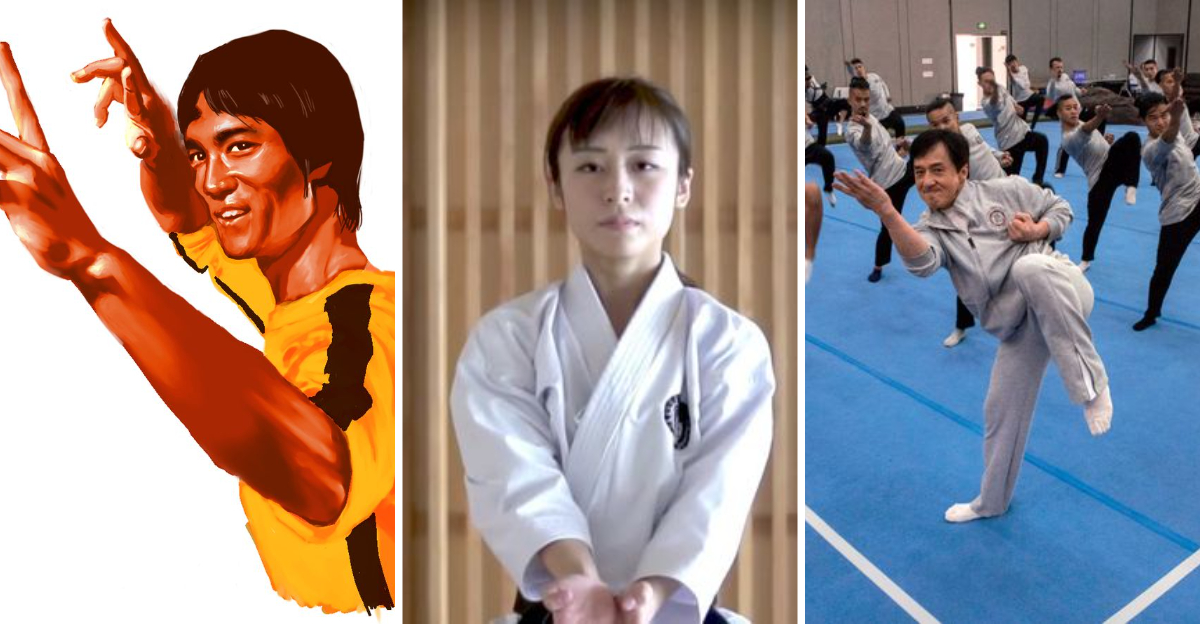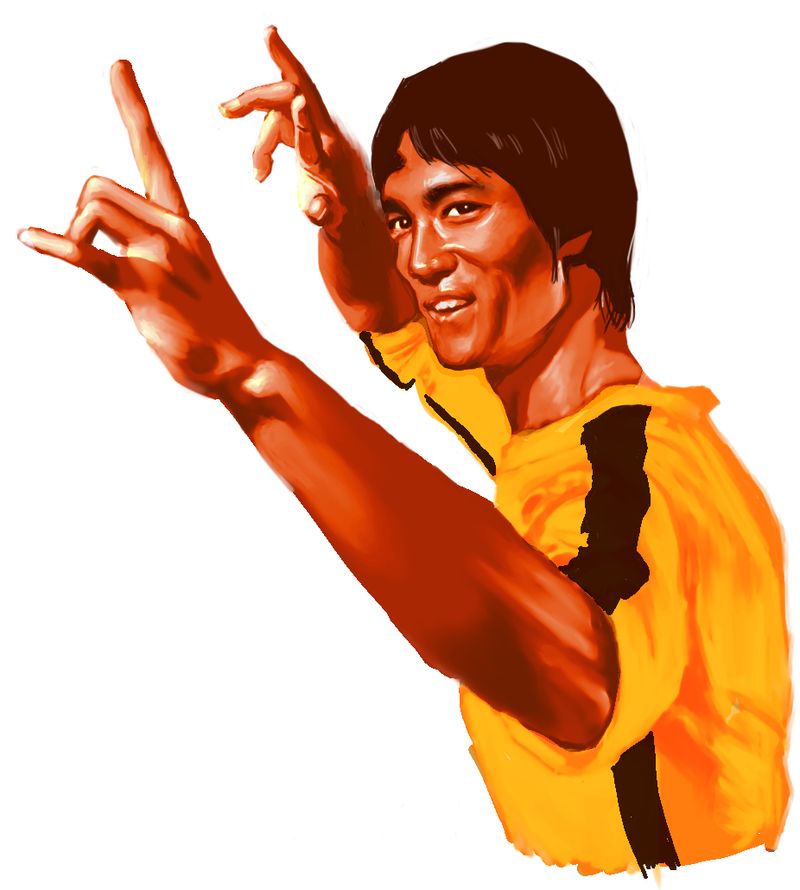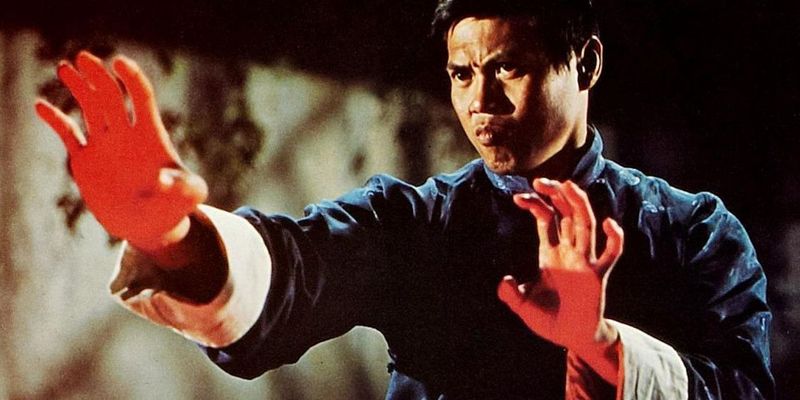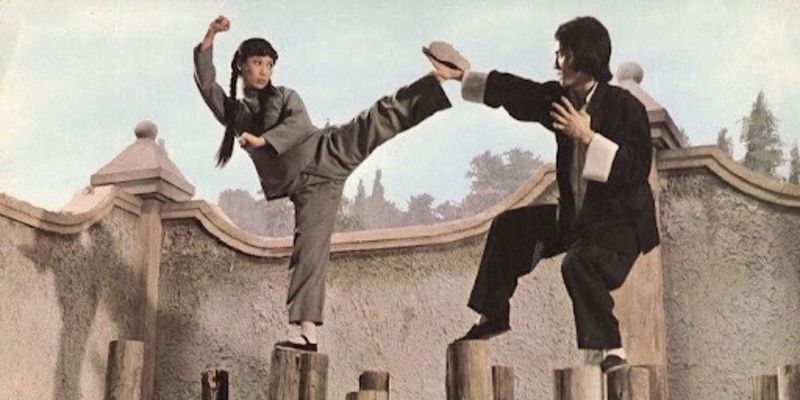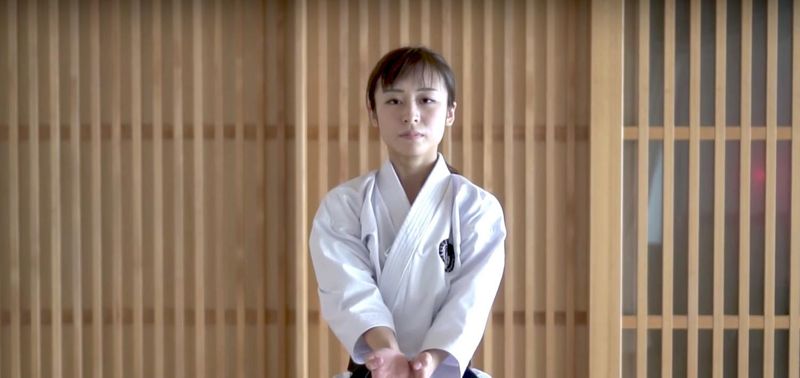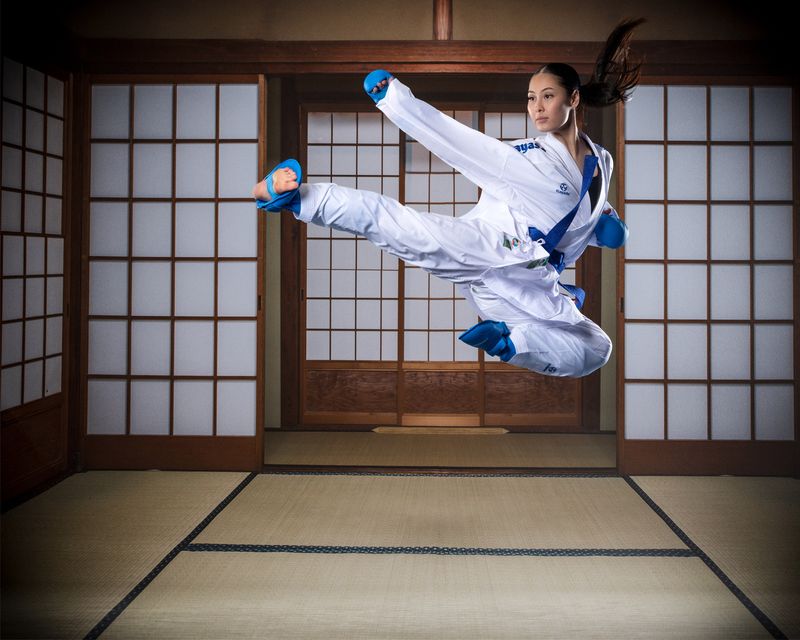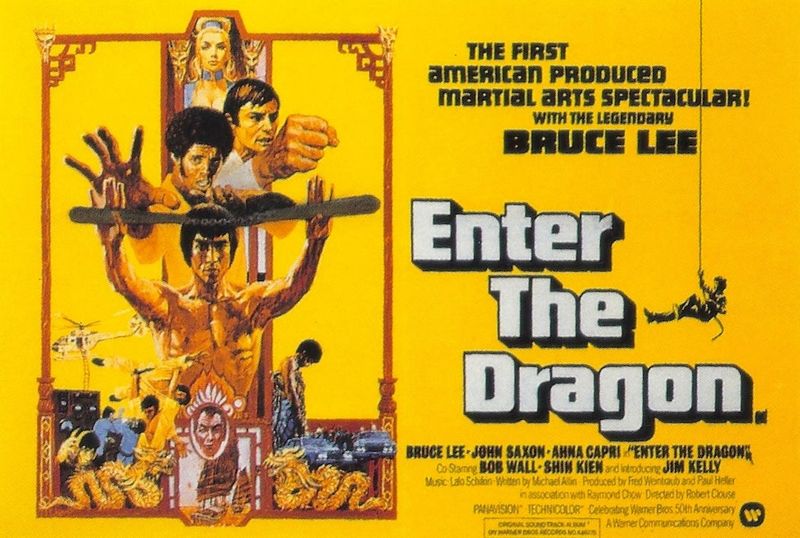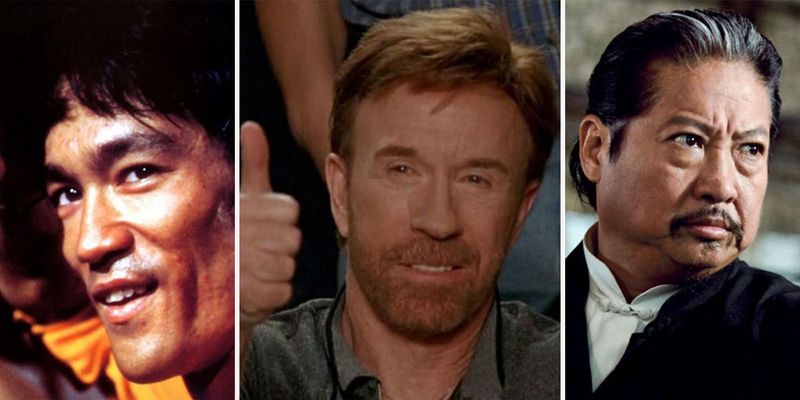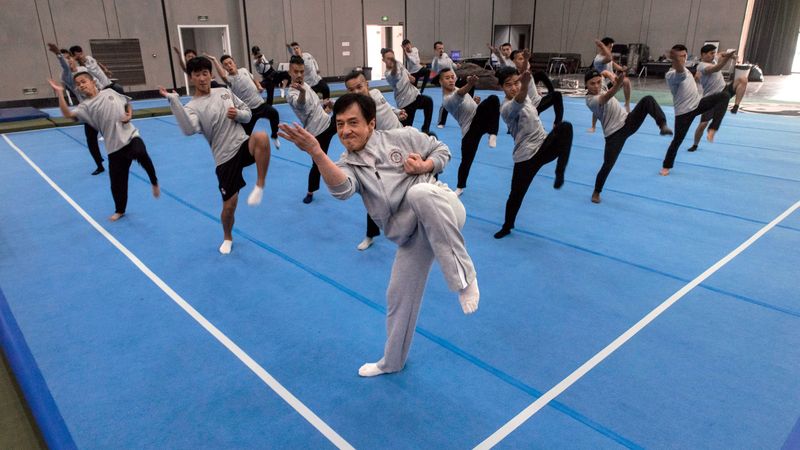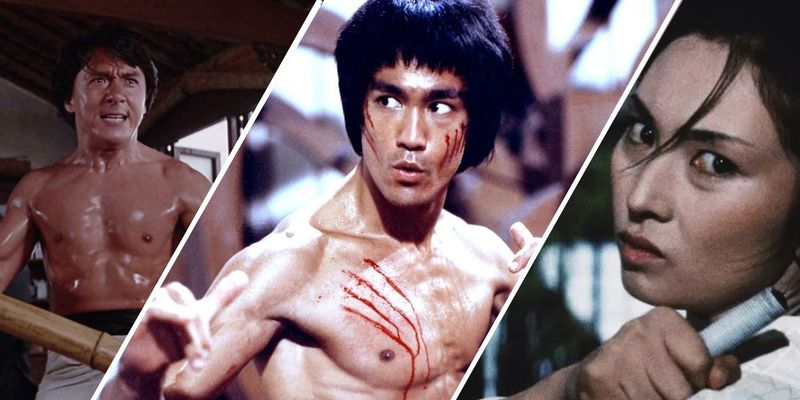The 1970s was a defining era for martial arts films, turning them into a global phenomenon. This decade saw the rise of iconic stars and groundbreaking movies that captivated audiences around the world. From the bustling streets of Hong Kong to the theaters of America, martial arts films became a cultural staple, combining thrilling action with profound philosophy. This blog post explores the factors that contributed to their immense popularity, highlighting ten key aspects that defined martial arts cinema in the 70s. Join us as we delve into this fascinating period of film history.
Bruce Lee: The Martial Arts Icon
Bruce Lee’s impact on martial arts cinema during the 70s is unparalleled. His unique blend of charisma, philosophy, and martial prowess transformed the genre. Lee’s films, such as “Enter the Dragon,” showcased his incredible skill and introduced martial arts to a global audience.
His philosophy emphasized self-expression through martial arts, resonating with fans worldwide. Lee’s work broke racial barriers in Hollywood, paving the way for future Asian actors. His untimely death in 1973 only fueled his legend, immortalizing him as a cultural icon whose influence endures.
Lee’s legacy continues to inspire martial artists and filmmakers alike.
The Influence of Hong Kong Cinema
In the 1970s, Hong Kong emerged as the epicenter of martial arts cinema. The city’s film industry produced a plethora of action-packed movies, captivating audiences with their dynamic choreography and storytelling.
Studios like Shaw Brothers and Golden Harvest pioneered innovative techniques, blending traditional martial arts with modern filmmaking. These films showcased local culture and values, resonating with both domestic and international viewers.
Hong Kong cinema’s influence extended globally, inspiring filmmakers and sparking a martial arts craze. The city’s vibrant film scene set the stage for future generations of martial arts icons.
Innovative Choreography and Stunts
Martial arts films of the 70s were renowned for their innovative choreography and daring stunts. Filmmakers pushed the boundaries of action scenes, creating visually stunning and intense sequences.
Choreographers meticulously crafted each fight scene, showcasing a blend of traditional and modern martial arts styles. This attention to detail elevated the films, making them stand out from other action genres.
Stunt performers played a crucial role, executing complex maneuvers with precision and skill. Their dedication and fearlessness brought authenticity to the films, leaving audiences in awe and setting new standards for action cinema.
Cultural Fusion in Storytelling
The 1970s martial arts films often featured a fusion of Eastern and Western storytelling elements. Filmmakers incorporated universal themes of honor, justice, and perseverance, appealing to a broad audience.
These films often intertwined martial arts with dramatic narratives, creating engaging and relatable stories. This cultural blend helped martial arts cinema transcend geographical boundaries.
By merging different cultural perspectives, these films offered viewers a unique cinematic experience. The result was a rich tapestry of stories that resonated with diverse audiences, contributing to the genre’s global appeal and success.
Rise of Female Martial Artists
The 1970s saw the rise of female martial artists in cinema, challenging traditional gender roles and stereotypes. Actresses like Angela Mao and Cheng Pei-pei became icons, showcasing strength and skill on screen.
These trailblazing women demonstrated that martial arts were not exclusive to men, inspiring a new generation of female fighters. Their performances brought a fresh dynamic to the genre, captivating audiences worldwide.
By breaking barriers and embracing empowerment, female martial artists of the 70s played a crucial role in broadening the appeal of martial arts films, leaving a lasting legacy in the industry.
Soundtracks and Iconic Music
Soundtracks played a significant role in the popularity of 1970s martial arts films. The music, often a blend of traditional Asian sounds and contemporary beats, set the tone for action-packed scenes.
Composers created memorable scores that enhanced the emotional impact of the films. Iconic tracks became synonymous with martial arts cinema, contributing to its distinctive identity.
The combination of music and action captivated audiences, drawing them into the cinematic experience. These soundtracks remain influential, continuing to inspire composers and music lovers, illustrating the power of music in film storytelling.
Martial Arts in Television
Television played a vital role in popularizing martial arts during the 70s. Shows like “Kung Fu” brought martial arts into homes, reaching a wide audience.
These programs introduced viewers to martial arts philosophy and techniques, sparking curiosity and admiration. The small screen format allowed for intricate storytelling, further engaging audiences.
The success of martial arts TV shows contributed to the genre’s mainstream appeal. By making martial arts accessible to all, television helped sustain the popularity of martial arts films, embedding them into the cultural fabric of the era.
Martial Arts as a Cultural Movement
In the 1970s, martial arts transcended film, becoming a cultural movement. Martial arts schools gained popularity, with individuals eager to learn skills seen on screen.
The philosophy behind martial arts, emphasizing discipline and self-improvement, resonated with people seeking personal growth. This cultural shift encouraged adoption of martial arts practices beyond combat.
Martial arts demonstrations and festivals became common, showcasing the art’s beauty and discipline. This movement broadened the genre’s appeal, making martial arts an integral part of cultural expression during the decade, influencing both lifestyle and entertainment.
The Legacy of 70s Martial Arts Films
The legacy of 70s martial arts films continues to shape contemporary cinema. These films laid the groundwork for modern action genres, inspiring countless filmmakers.
The innovative techniques and storytelling from this era remain influential, with many directors paying homage to these classics. The 70s introduced enduring archetypes and narratives that persist in today’s films.
The genre’s impact extends beyond film, influencing popular culture and inspiring new generations of martial artists. The 70s martial arts films’ legacy is a testament to their timeless appeal and the profound mark they left on cinema history.
